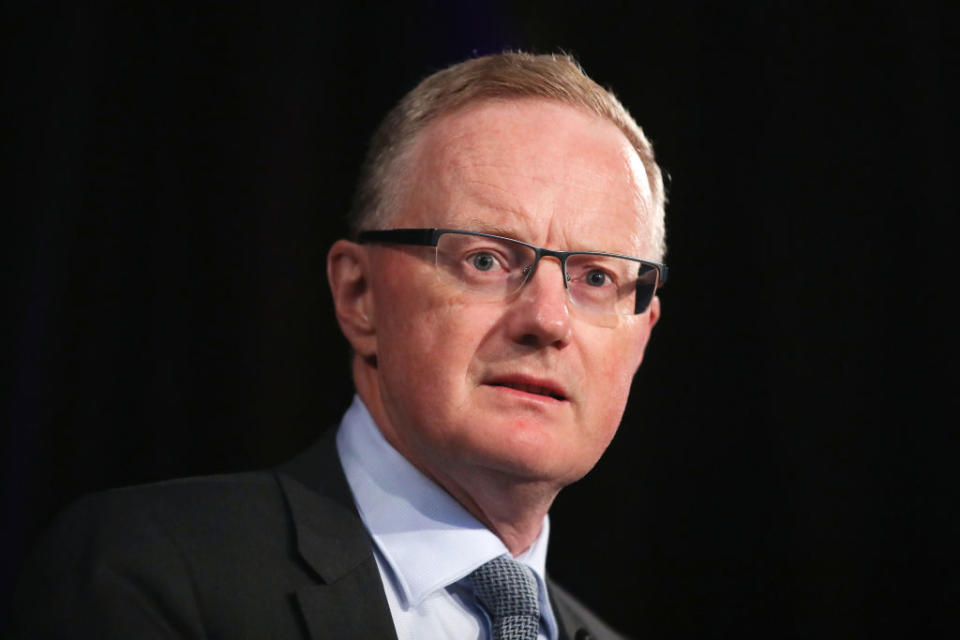10 questions for the RBA Governor

On Friday, Reserve Bank of Australia, Phillip Lowe, will be appearing before the House of Representative Economics Committee to face questions about the economy, monetary policy and the economic outlook.
The members of the Committee usually ask some good questions, but for some, there is a temptation to try to get the governor to give what they hope is an answer that supports their partisan views on the economy.
Fair enough.
More from The Kouk: When the smoke clears, the Australian economy will be looking strong
More from The Kouk: Look at the facts: Interest rate cuts work
More from The Kouk: Australia's much-needed economic pick-up has been choked by smoke and fire
But such is the position of the economy now, with weak economic growth, inflation bogged down well below the RBA target and the labour market so weak wages growth is lower now than during a recession, some serious questions need to be asked of Dr Lowe.
Many are straight forward and I confess I am unsure what his answers will be.
If such questions were posed to former Governors, Glenn Stevens and Ian Macfarlane, I know what the answer would be.
With Dr Lowe, given his track record and policy verve, I am not sure.
Below are 10 questions that Dr Lowe should be asked.
The questions
Does monetary policy still work?
Do you still have a commitment to the 2 to 3 per cent inflation target?
Do you still have a commitment to full employment?
The RBA has an array of brilliant economists who prepare forecasts and confidence intervals around those forecasts. Can you confirm what stance of monetary policy is needed – the cash rate and any other measures – to get inflation to 2.5 per within two years?
In a similar vein, what would the impact be on inflation, GDP, employment if the official cash rate was cut to 0.25 per cent?
How do you explain the significant underperformance of the Australian economy and especially unemployment, relative to the rest of the world over the past 5 or so years? I note here that the unemployment rates in the US, UK, New Zealand, Germany, South Korea, to name a few are 4 per cent or less: In Australia, the unemployment rate has not been below 5 per cent for close to a decade.
You mention “risks down the track” if monetary policy is used to achieve the inflation target and grow the economy. I assume your focus and concern here is house prices. Why is this an issue for you when house prices are not part of the RBA’s remit, there is no evidence that house prices are in a bubble and indeed, there is RBA research which shows prices are not abnormally elevated?
Can you quantify what those risks mean? A recession from easier policy? House price gains, perhaps? What are the risks of you NOT easing policy as the economy demands?
To what extent are you sacrificing economic growth, job creation and inflation for this judgment you are making that there is a risk of problems with an immediate easing in monetary policy?
Finally, I have seen modelling that shows that the unemployment rate would now be 4.5 per cent with inflation at 2.25 per cent had you cut rates earlier and more aggressively (0.5 per cent in early 2018), when it was obvious you had missed your target. What have you learned from this policy mistake?
Let’s see what gets asked and more importantly, what the answers are.
Make your money work with Yahoo Finance’s daily newsletter. Sign up here and stay on top of the latest money, news and tech news.

 Yahoo Finance
Yahoo Finance 